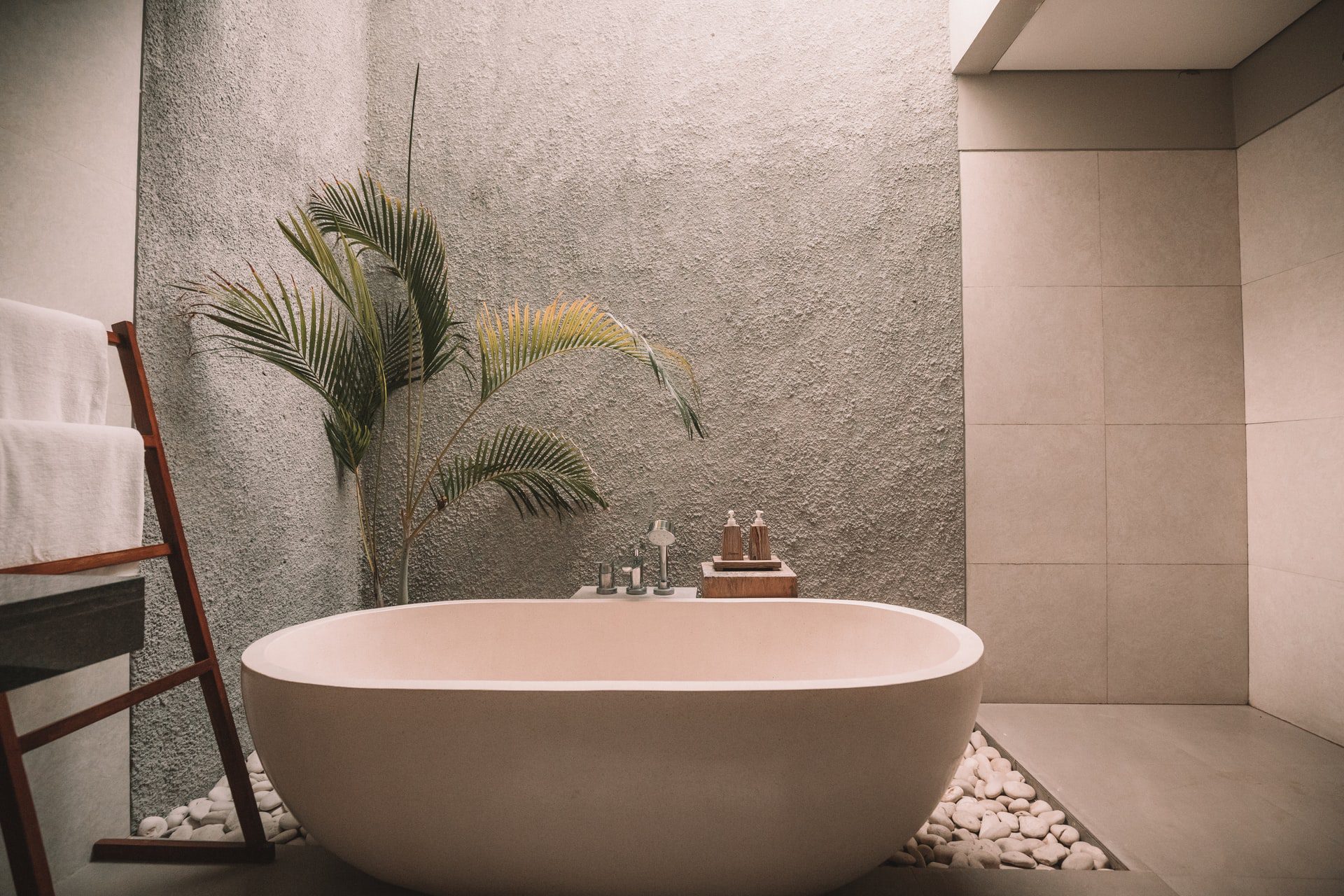Skift Take
Brands that manage to provide a different experience for each guest will win their loyalty. It's easier said than done.
Hotels can no longer take a uniform approach to hotel design, experts warned on Thursday at Design the Future, a Skift online summit. With local guests replacing transient travelers, hotel brands need to rethink how each property looks and feels, but the tricky part is building the right picture of a guest that has so many new needs.
“Because of the pandemic, hotels are more than a place to sleep,” said Tom Ito, principal at architecture, design, planning and consulting firm Gensler. “That local catchment is using hotels in a new way; for some it’s their ultimate workplace.”
Brands that embrace technology are more likely to succeed in figuring out what guests want. Collaborative workspace group NeueHouse is exploring the concept of a “connected directory” for guests, for example, in response to new blended office and hospitality environments.
“As we embrace artificial intelligence, we point guests towards passion points. There are different personas, some people work, some socialize,” said Jon Goss, its chief brand officer. “It takes time to develop,” he added, likening the use of technology to an Apple experience, where it remains hidden is in the background.
However, for some brands there’ll be a concerted push in the other direction. Gensler, for example, is working on a new Atari Hotel where guests can create avatars to use when interacting with other people. “We’re looking for the next model of experience. This is leveraging nostalgia, and taking it to the future, and engaging with e-gaming.”
This is where understanding the brand in relation to the guest comes to the fore, Ito said. Hotels need a narrative of story, which they then wrap around the design, with the goal to make it unique
Night and Day
But not all hotels have a retro gaming theme, so brands should watch how locals use spaces. NeueHouse’s Goss said he was looking at the “day-to night use journey.” Guests were spending time doing podcasts or having Zoom meetings, but then in the evening gathering for arts and culture events.
“Focus on your audience and needs”, added Casper Overbeek, CitizenM’s director of customer experience, during the “Merging of Design, Culture, and Profits in Tomorrow’s Hospitality Experience” panel.
The Dutch hotel brand was slightly ahead of the curve during the pandemic, he told moderator Cameron Sperance, Skift’s hospitality reporter. It already had a technology focus that allowed it to interact with guests in a contactless manner, and large lobbies that welcomed locals. However, while it currently uses kiosks for check-ins, he said guests were changing. He said there may be a need to keep the human factor more alive after the pandemic, to offer guests a place where they felt at home
“It’s going more and more hybrid. We have a kiosk check-in, (but we are) now looking at what it’s like without a kiosk. What would the new arrival experience then be like? These are challenges where design and tech get together,” he said. He also downplayed the suggestion that greater efficiency would result in reducing staff.
“We’re trying to have more of an eye for the local, in San Francisco, but we also want consistency and predictably. There are lots of choices to make,” he added.
Genler’s Ito agreed. “Localization is important to design. People want to be taken care of, but they’re yearning to experience something new. We do that when we go to a new country. It doesn’t have to hit you in the face, but you have to feel it,” he said. “That’s the key to it: how do you embrace the local community and bring it into the hotel. Hotels shouldn’t look the same, from one city to another.”
Have a confidential tip for Skift? Get in touch
Tags: citizenm, hotel design, skift live
Photo credit: Hotel brands need to focus on design to differentiate themselves. Jared Rice / Unsplash
